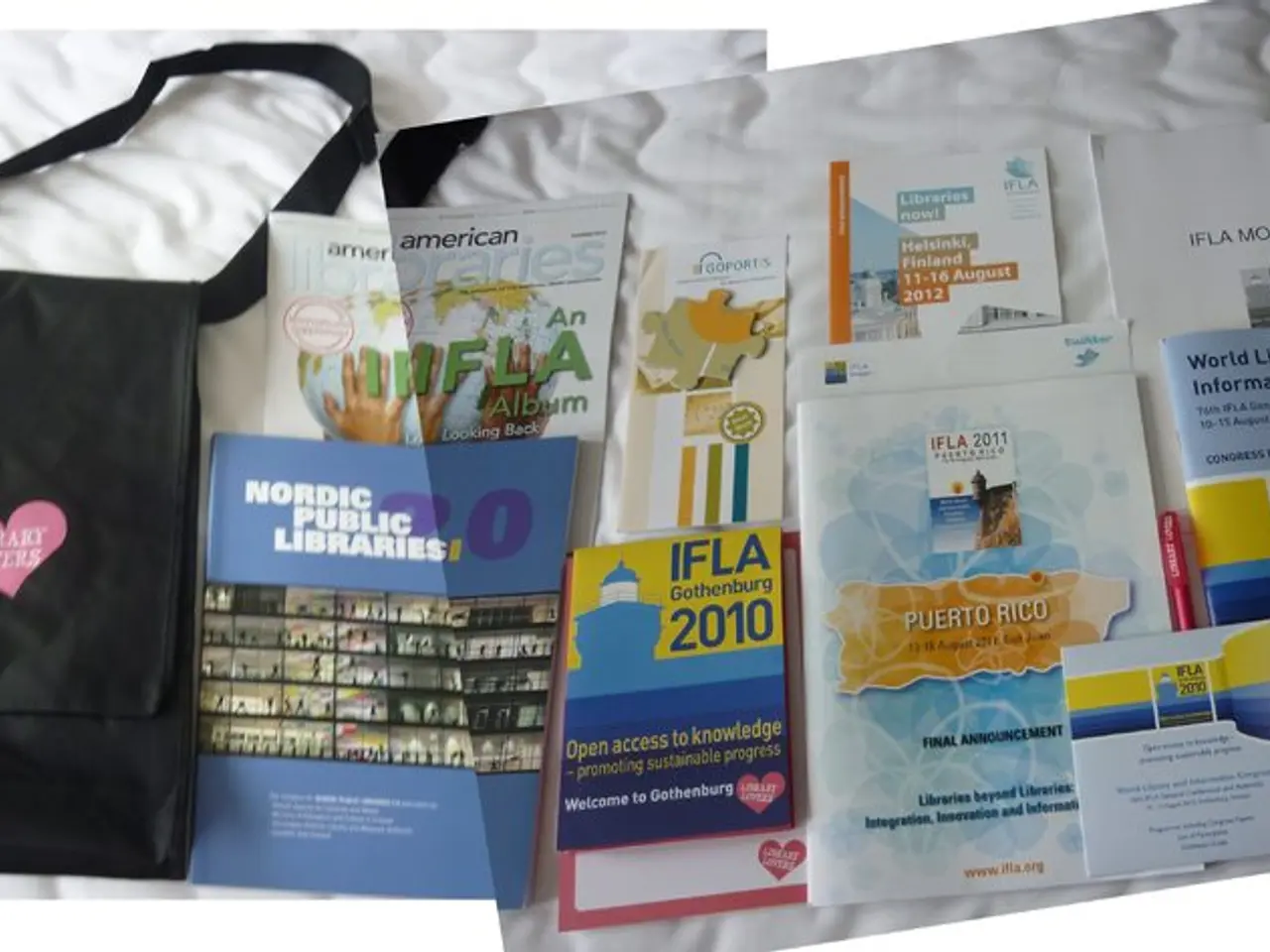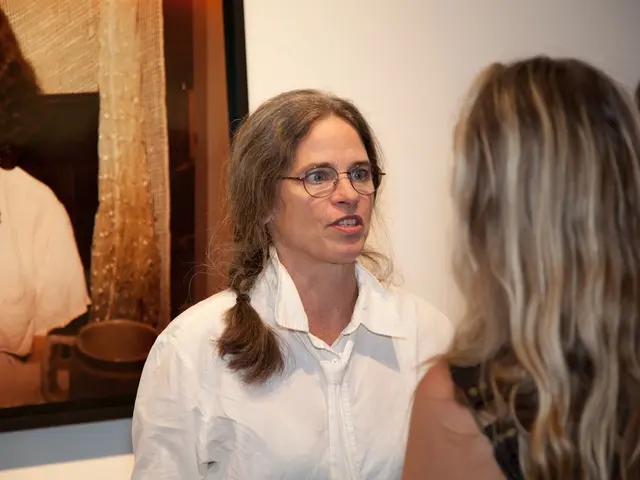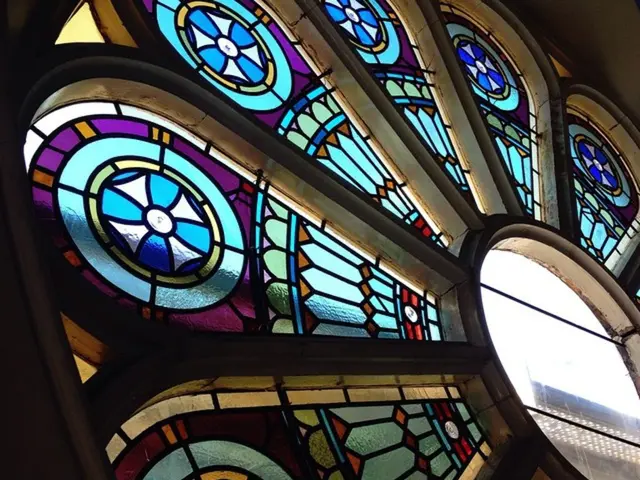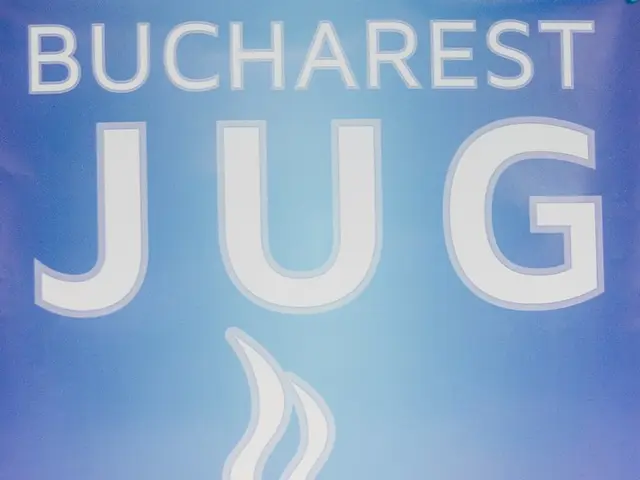Accessing the New York Public Library: Avenues Beyond Borrow Direct
In the pursuit of knowledge, sometimes the resources we need are not readily available at our local libraries. This was the case for a researcher who embarked on a journey to the New York Public Library (NYPL) to find sources for a paper on Yiddish words used to conceptualize Holocaust survivors after the war.
The scholar's initial search in the Princeton University library catalogue came up short, leaving them in need of alternative sources. Enter the Borrow Direct program, a service that allows users to order books from other university libraries if they are not available at Princeton. This service can be used off-campus, as demonstrated by the researcher's successful use of it at Brown University's library.
However, the book the scholar was looking for was not available through Borrow Direct. Instead, they found a complete archive of the periodical they were seeking, Fun Letstn Khurbn, at the NYPL's collection.
Accessing microfilm archives at the NYPL requires a visit to the library in person. The researcher will need to go to the microforms or research area and use the microfilm readers available there. Retrieving microfilm items can take some wait time, especially for those stored remotely, which may require advance notice (sometimes two weeks).
To request specific microfilm materials, forms must be filled out and submitted to the librarian or archivist before scheduled retrieval times. Microfilm readers/printers can be reserved by phone, email, or mail, while microfiche readers must be reserved in person on the same day of use.
The researcher found that the microfilm set titled "Fun Letstn Khurbn" was not directly documented in the available guides. This could be due to the title being a specialized or unusual one that is not indexed online or a collection under a different spelling or transliteration.
To overcome this challenge, the researcher plans to use the NYPL online research catalog to search for related keywords and contact NYPL Research or Archives staff directly for guidance on locating this specific microfilm collection. If the material is held by the NY State Library Archives, the researcher will need to be aware of their specific retrieval policies.
Next week, the researcher will visit the NYPL to access the sources they need and continue their exploration of Yiddish words used to conceptualize Holocaust survivors after the war. Their journey serves as a reminder that sometimes, the resources we need are hidden gems waiting to be discovered in the vast libraries of the world.
The researcher, unable to find the necessary sources through Borrow Direct, turned to online education for alternatives, exploring Fun Letstn Khurbn's digital editions available in online archives. In addition, the scholar recognized this juncture of their education-and-self-development as an opportune moment to embrace online-learning, using the New York Public Library's online research catalog to expand their search for the elusive "Fun Letstn Khurbn" microfilm collection.




